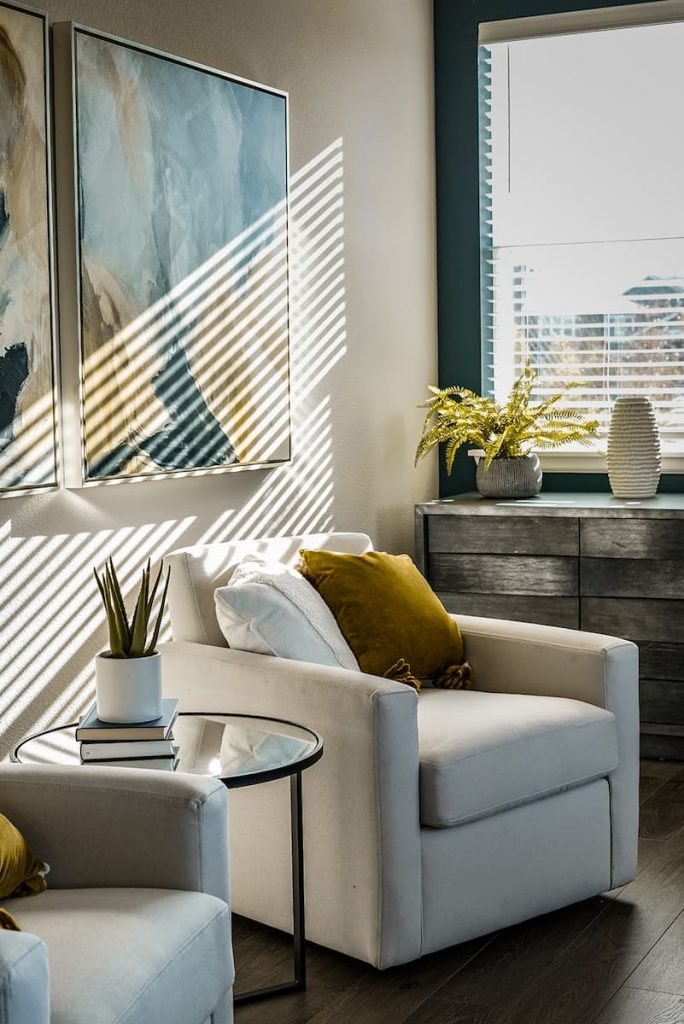It is lauded, scolded and compared to the “masniya” of five-year-old children. Staying indifferent to contemporary art is difficult. It’s even more difficult to understand and comprehend it. Even art historians are at a loss for words when they try to explain current artistic trends. Heated debates erupt in attempts to find the secret meaning in amorphous blobs of color. We will not pour oil on the fire, but show the other side of contemporary art.
What is contemporary art?
In the language of history, it is a period of time that began in the sixties of the last century and lasts to this day. Some experts call a different date the birth of contemporary art – the 1860s. At this time, Impressionism burst into the clear and orderly artistic life.
The sensual paintings of Edouard Manet and other painters gave a breath of freedom: you could paint the way you wanted and felt. As a result, many new movements came into being: abstractionism, cubism, surrealism and other -isms.
By the way, there is the term “modern art,” and there is the concept of contemporary art. By the first one, art historians mean a period of time; by the second one, they mean what’s going on with art now in real time.
In the language of art, it’s a large number of artistic offshoots designed to explain reality. It can be explained in different ways and with different tools. So one should not be surprised by paintings painted with the technique of splashing paint or coffee.
In the language of philistines, contemporary art is something incomprehensible, frightening and strange. Not for everyone, of course. But many people do not understand what is so special about Malevich’s “Black Square” and why Rothko’s colorful strips are worth millions of dollars. On the basis of misunderstanding and are born heated debate about whether to decorate the interior of contemporary art or not.
Is it necessary to understand contemporary art?
Man is built in such a way that he tries to make sense of and understand everything. Even in two parallel lines we look for the outlines of familiar objects. If we succeed, then we can judge whether this is good or bad. If not, we put these two parallel lines in the category of alien and incomprehensible. And the attitude toward all the incomprehensible and alien is, as a rule, negative. That is why there is an ongoing controversy around contemporary art.
If you think about it you don’t have to look for meaning in the blurred silhouettes of people on the background of the masticated autumn. It is important to accept contemporary art: it is neither good nor bad. It just is.
Trying to guess the intent of the author of the painting is also a bad idea. Each person looks at life in terms of their experience. This experience is translated through paintings, sculptures, and other works of art. To understand an artist, you have to look at a painting through his eyes. But this is unrealistic.
Contemporary art is a field for aesthetic enjoyment and discussion, not for debate. So you should not be afraid of it.
How it looks in the interior

The works of impressionists, abstractionists and representatives of other directions are more suitable for modern styles. Such interiors are distinguished by correct geometry, furniture without decor, an abundance of glass, metal and plastic.
Contemporary art helps to emphasize the minimalist features of high-tech and brutality of loft. Fit in the “glass and metal atmosphere” realism of Shishkin or Aivazovsky is not easy. It is difficult even to imagine a rural landscape next to a concrete wall and peeling plaster. But abstract lines and figures feel confident in such surroundings.
Modern paintings help to liven up the interior. Not the least role in this is played by oil painting. It is bright, rich and textured. Oil is not afraid of ideological metamorphosis: it is suitable for depicting realistic landscapes and abstract paintings.
Let’s summarize. Should we be afraid of contemporary art in the interior? No. It copes with the decorative function perfectly. So feel free to buy such paintings if you like them.

